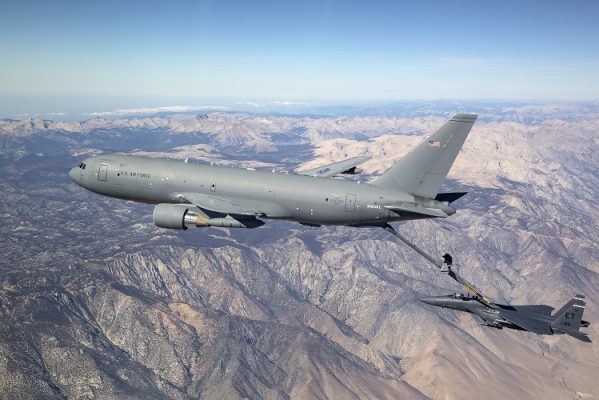
Washington: The US’ newest nuclear bomb design has been successfully tested on the F-15E making the Strike Eagle the first fighter jet to be officially compatible with the B61-12 design.
Two test flights were flown twice in March at the Tonopah Test Range in Nevada, says a release by Sandia Labs. The mock weapon was released on one test at about 1,000 feet and at nearly the speed of sound, while a higher-altitude test occurred at around 25,000 feet; both tests hit the target as designed.
“It’s representative of the environment for the weapon,” Steven Samuels, a manager with Sandia’s B61-12 system’s team, said in a news release. “The flight test is really everything coming together to say we’re good.”
The warhead is being developed and produced by the National Nuclear Security Administration (NNSA), a semi-independent agency located within the Department of Energy, while the Pentagon is developing new tailkit assemblies for the design.
Delays to the B61-12 and W88 Alt 370 could cost taxpayers a lot of money, but the NNSA has a plan.
An NNSA estimate puts the likely cost of the programme between US$8 billion to US$9 billion. The upgraded variant will be certified on America’s F-15, F-16 and B-2 aircraft, as well as on aircraft for NATO member nations. The F-35 is expected to go through certification on the weapon at some point in the next decade. The weapon passed its final design review in October 2018.
Notably, the NNSA release states that the first production unit is scheduled for completion in fiscal 2022, when previous agency statements had set that target at March 2020. The source of the delay is likely an issue with an off-the-shelf part, which did not meet NNSA’s standards for parts on the weapon, that was discovered last summer and will result in time delays and cot hundreds of millions of dollars to replace.
“The success of these tests is a major milestone on the path to full rate production and the B61-12’s initial operation capability on the F-15E in the coming years,” Brig. Gen. Ty Neuman, NNSA’s principal assistant deputy administrator for military application, said in a statement. “Once delivered, this capability will underpin our nation’s deterrent and strengthen our NATO partnerships.”








